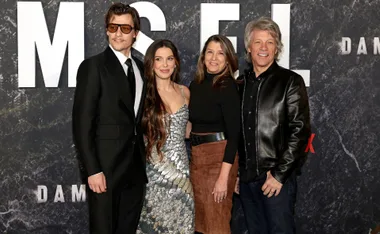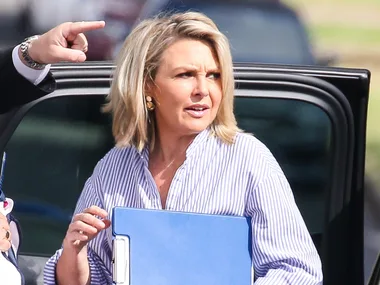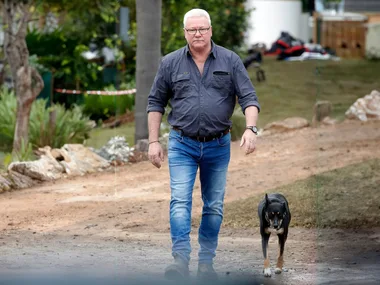Holly Kerr Forysth is a writer, photographer and passionate gardener. She takes time out of her busy schedule to share her favourite books in Book Club.
What was the last book you read?
I try not to read too much fiction, as intriguing, involving fiction can prevent me reading research [non-fiction] material. I have just read Craig Silvey’s Jasper Jones, however. I loved the evocative writing; I could see and smell the landscapes described and admired the tension carried throughout the novel.
I was also on holidays recently and loved Ghost Writer. In fact the book prevented me from getting stuck into my own writing, as I became fascinated with the unfolding mystery. And I loved the pictures the author, Robert Harris, drew of the setting on Martha’s Vineyard.
If you could be any character in a book, who would you be?
Hmm, tricky. Well, my hero has always been Atticus Finch; I hope I might have a modicum of his courage if called upon to stand up for the rights of another.
What books can you remember from your childhood?
My mother would not allow television in our house, so books were my friend. I used to roost in a huge mango tree in our backyard and read for hours. To Kill a Mockingbird — although I wept at the dreadful travesty of justice — had a profound effect upon me, as it has on so many. May Gibbs’ books, and her “big bad” Banksia Men, terrified and enthralled me.
More from the hot seat: Catriona Rowntree talks books
Do you think that books have the power to change people’s lives more than, say, films?
Absolutely. Through words you can smell a location, imagine you are a character; you can empathise with a sympathetically drawn hero, and the characters then become friends. It is the beauty of the word, the cadence of the sentences and the texture of the detail that does this. I also love the feel and smell of the paper, the binding, the dust jacket.
If you could take two characters from different books and put them in one book, who would they be and what would they get up to?
Well, if they had lived in similar times and locations, I would have liked Atticus Finch to marry Anna Karenina. Then she would not have needed to make such calamitous choices for love.
If you could get your hands on the completely truthful autobiography of any historical figure, who would it be?
It would have to be Jesus Christ. I would love to know much more about his childhood and upbringing; about the areas through which he travelled — an area which was, after all, the site of the beginning of both civilisation and cultivation and the very first gardens; about how he related to the different tribes and beliefs in his region. And, of course, his path to finding the strength to endure what he did.
What’s your favourite word in the English language?
The English language is so rich in so many evocative words. If I could nominate only one, perhaps it would be “prescient”: it says so much about a situation and about the person of whom the word is used.
Tell us what is great about a book you are reading at the moment and win The AWW Cooking School
If you were stranded on an island with only one book, which would it be?
Because I would be so lonely and would need to immerse myself in an imaginary world, the book would have to be a “page turner”: it would need to evoke a time and a place; it would have to portray wonderful characters, as I would need them as my friends and colleagues. And I wouldn’t want it to end: so, perhaps, War and Peace.
Make up the stupidest first line of a book you can think of.
“Which only goes to show that …” The increasingly frequent use of a preposition to begin a sentence is very off-putting. I don’t bother reading on: life is too full of rich, textured writing to read work that is ungrammatical.
Holly’s new book Seasons in My House and Garden will be in bookstores in November.
Your say: What do you think of Holly’s choices? Who else would you like to see in the Book Club hot seat?


















































.jpg?resize=380%2C285)
